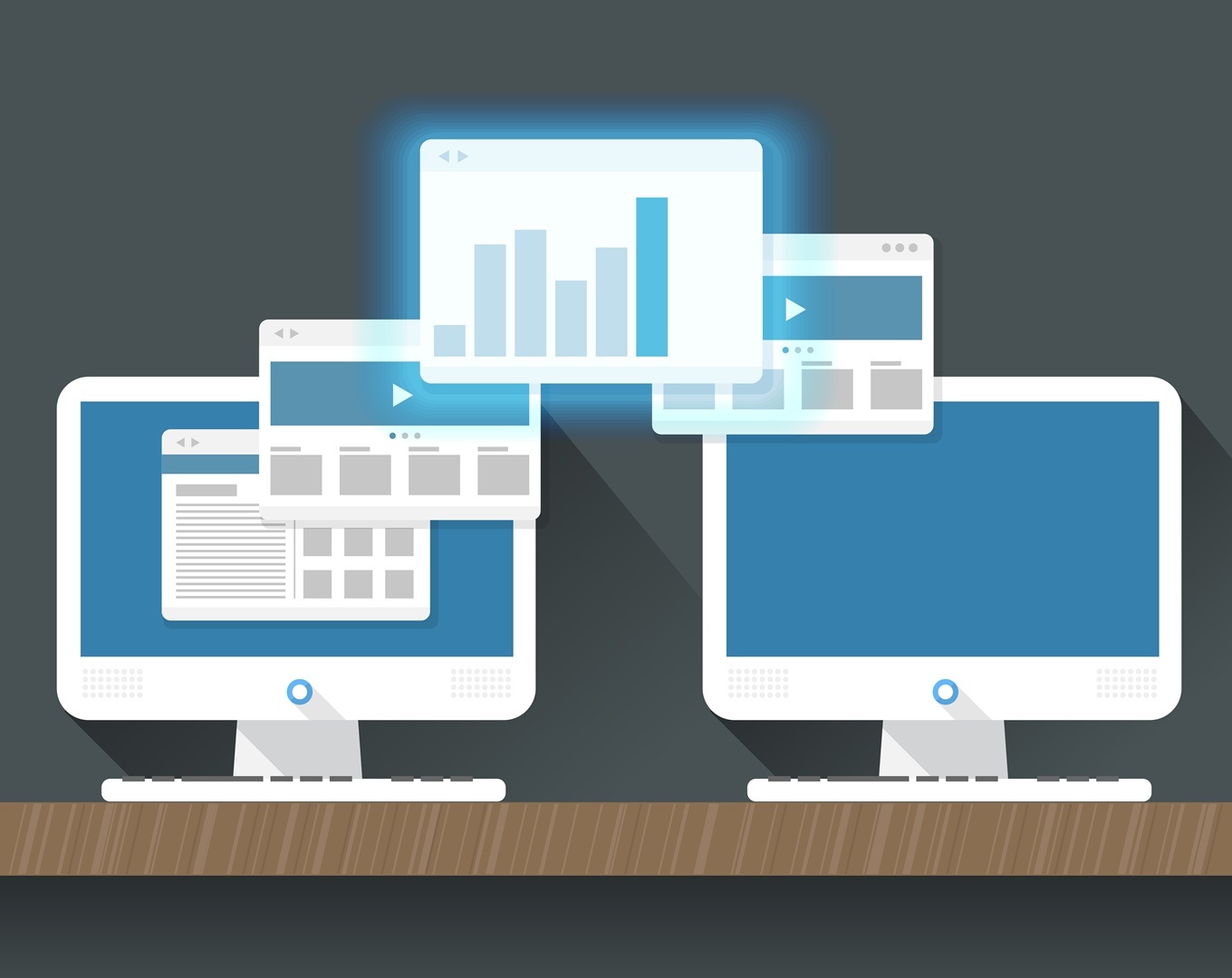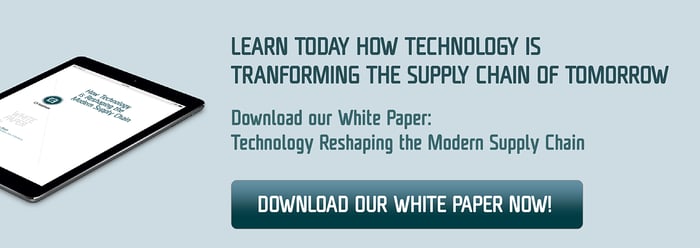Moving Beyond Supply Chain Visibility to Continuous Decision Making

The following is a guest post from our friend Jan-Willem Adrian, VP Global Supply Chain & Business Development at ActiveViam. In this blog post, Jan-Willem outlines how Supply Chain professionals can move from supply chain visibility to a continuous flow of information allowing for just-in-time, strategic, enlightened, continuous decision-making.
_____________________________________________
Even if you got locked in an escape room (or a warehouse for that matter), you could not escape the flood of articles around ‘Supply Chain Control Towers’ and ‘Supply Chain Visibility’ during the past year.
A common misconception in many of these attention-grabbing articles is the notion that supply chain visibility is an end-goal of itself. It is true that supply chain visibility is critical – but it is only the first step. While you may start by asking “how do we create visibility across our supply chain?”, your real question is probably “once we gain visibility, how do we make well-informed, timely decisions whilst understanding their full impact on the supply chain?”
In this post, I’ll explore three capabilities needed to help you move from supply chain visibility to real-time decision making.
First things first – What’s a Supply Chain Control Tower
Using real-time operational data from your existing data management and transactional systems, a control tower is a centralized platform that integrates processes & workflows across the supply chain to drive business outcomes. A control tower, therefore, delivers more than just visibility, since it also addresses issues such as alerts, multi-dimensional analytics, and the ability to execute & monitor decisions from the same environment.
It is also important to point out what the control tower is not. It is not a replacement for any of your transactional and data management systems. Furthermore, it is not just a visualization tool on top of a data warehouse, since a control tower provides advanced analytics capabilities, as mentioned above.
With this basic definition of a control tower providing real-time decision making, three essential steps are involved:
Step 1: Achieving real-time visibility
Real-time visibility is more than knowing the location of parts or products along the supply chain. Visibility should also provide you with actionable information that can help support customers, remove redundancies and improve processes.
So how do you create real-time visibility? First, you need a technology that can instantly absorb data coming from numerous operational systems (e.g. WMS, TMS, ERP, POS, planning tools, forecasts etc.) without losing data granularity.
Second is the real-time capability. The control tower technology should be able handle data incrementally, to avoid data latency and ensure that users always have the freshest and most detailed transactional data.
Real-time visibility should be available across all channels and functions and allow operational teams to view everything that’s happening right now. Teams should have a real-time view of actual performance against the plan so that they can make accurate fulfillment and delivery promises across multiple order channels and systems. When market conditions change, real-time visibility should allow you to swiftly adapt plans and adjust execution to minimize the impact of the threats or alternatively, maximize an opportunity at hand.
One final aspect of real-time visibility is KPI impact. For operational teams to know which events have the largest impact on your supply chain, users should be able to define KPIs on the fly and monitor them over time. The system should alert of any anomalies immediately when they occur, and calculate the impact on the end-to-end supply chain. KPIs should not only take the current situation into consideration, but also be forward-looking – for example, stock and service levels in the weeks to come. This way your operational team can keep their focus on those exceptions that require immediate attention.
With everybody having access to the same shared data, you thus create a single point of truth from which everyone operates.
Step 2: Enable user-defined analytics: turning exception management into a growth driver
Visibility is not the end goal. Rather, it’s what you do with visibility that can create business impact. For example, once users receive an alert on an exception, they should be able to identify the root-cause, swiftly spot the events affecting the breach, and perform multi-dimensional analysis to make the necessary decisions that will reduce operational risk or costs.
Since no two business are the same, you should ensure that the control tower technology can be tailored to your business. It should incorporate your specific business rules, allow users to create their own dashboards and views, and help you industrialize the business processes involved.
Making good decisions requires understanding inter-related trade-offs. However, the typical siloed supply chain setup leads to sub-optimal decisions, moving the problem from one area to the next. Therefore, having the ability to view the impact on the end-to-end process chain, rather than a single operational silo, will ensure that decisions take into account the entire value chain, keeping the end goal in mind. As such, being able to simulate various scenarios across the supply chain in real-time, will allow users to analyze the impact of decisions before they are made. Sharing these simulations with other users will further improve the collaboration process and ensure that all parties are synchronized towards the same goal.
Step 3: Process execution and decision impact analysis
No supply chain control tower is complete without the ability to execute. Once analysis of the alternatives is complete, the system’s workflow engine should allow for the relevant people to sign-off on the chosen scenario. Once the final decision is made, the system should have the ability to ‘push’ changes back to the source systems, which will allow for seamless execution and ensure that teams are working in the most efficient way.
The control tower concept will thus allow for effective dissemination of information and action plans across your business.
The fact that the system uses the most granular data available coupled with your specific business rules, allows multiple roles to work from the same platform. Whether it’s the warehouse manager, the planner, the regional manager or the CEO – all can monitor parts or the entire business instantly using a single platform. Having the freshest information and being able to calculate the impact of the various scenarios across the supply chain, ensures that optimal decisions are made.
Furthermore the control tower allows your team to monitor the execution compliance in your supply chain and adjust when necessary. This will result in improved performance and allows your supply chain to run at lower cost.
With decision making and execution capabilities in place, the control tower ensures that each participant of the supply chain knows when and how it will be impacted by another element or event, swiftly react, and thus create the ground for a continuous improvement culture.

